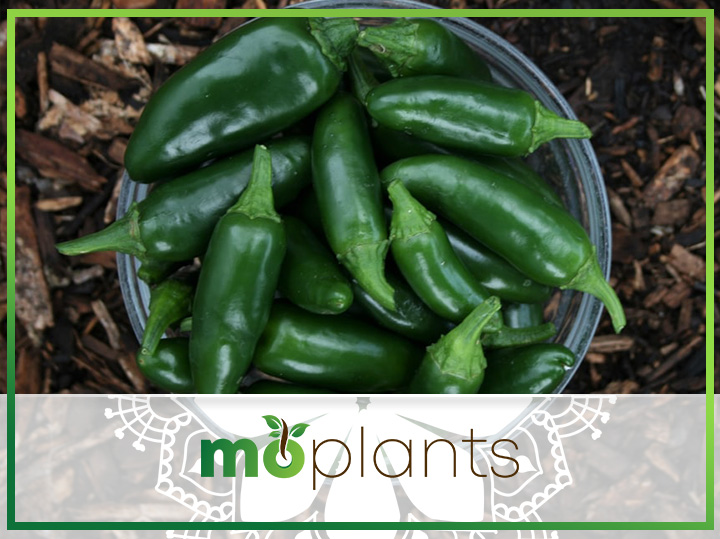Adding a lush and vibrant jalapeno plant could be an excellent way to make your kitchen garden the envy of the entire neighborhood. A staple in the Mexican and Tex-Mex cuisines, these fleshy green peppers may not be the spiciest ones out there, but they certainly pack a ton of heat and flavor in one tiny pod.
If you have a palate for spicy food but aren’t too fond of the canned peppers available in your local grocery store, growing a jalapeno plant inside your house or backyard will surely help you up your cooking game. This versatile pepper is surprisingly easy to grow and requires very little care.
Though jalapenos are used all over the world in a variety of dips, salads, snacks, dishes, and even some beverages, they are actually native to Central and South America. They rate between 2,500 and 8,000 units on the Scoville scale, which measures the heat of chili peppers. That makes jalapenos a medium-hot pepper with a similar heat range as Fresno peppers. For food lovers and home cooks, there are probably a few things as enjoyable as picking fresh produce from their garden. Hence, we have put together a handy guide to help you grow and harvest jalapenos – even if you are new to gardening and haven’t taken care of a plant before.
Introduction: Jalapeno
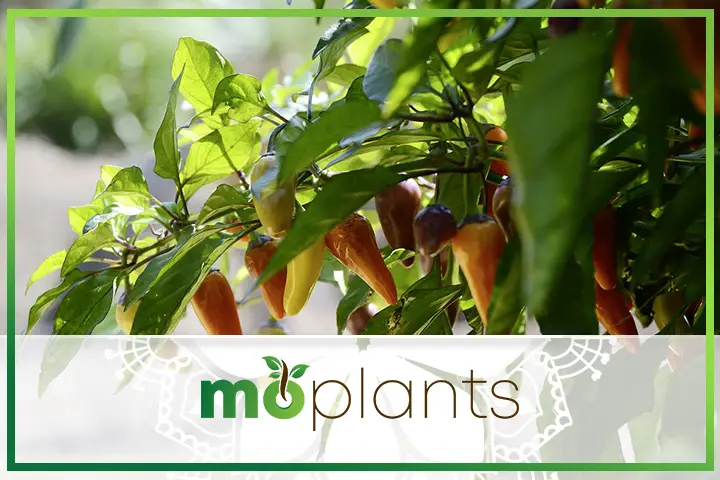
Jalapeno pepper is a cultivar of the Capsicum annuum species. It belongs to the wide-ranging Solanaceae or nightshade family, along with eggplants, potatoes, tobacco, and tomatoes.
Considered an easy-going perennial or annual, it can grow between two to three feet tall and one foot wide. A healthy plant can produce approximately 25 to 30 jalapenos, provided it receives adequate water and light. The pod-shaped fruit of this lush plant is initially green, though it may adopt a red, orange, or yellow hue as it ripens. The best time to harvest jalapenos is when they appear dark green and grow about two to three inches long.
Moreover, jalapeno plants have a relatively fast growth rate. Once you have planted the pepper plant, it will take about four months for it to produce white flowers that eventually turn into spicy and flavorsome fruit containing capsaicin. Please note that the bright green foliage of the plant also contains capsaicin, making the leaves toxic for humans and animals if ingested in large quantities.
Interestingly, jalapenos not only taste incredible, but they also offer plenty of health benefits. These delicious peppers are rich in fiber, Vitamin C, Vitamin B6, Vitamin A, and manganese, among other minerals and antioxidants. They are also rather low in calories and could help promote weight loss by boosting your metabolism.
It is also worth mentioning that jalapeno plants bloom in summers and thrive in warm temperatures. So if you live in USDA hardiness zone 11, you can easily grow this low-maintenance and visually appealing plant outdoors. Meanwhile, those living in other areas can keep their potted jalapenos indoors during the winter season and move them to their terrace or patio as the temperatures begin to rise.
How to Grow Jalapeno
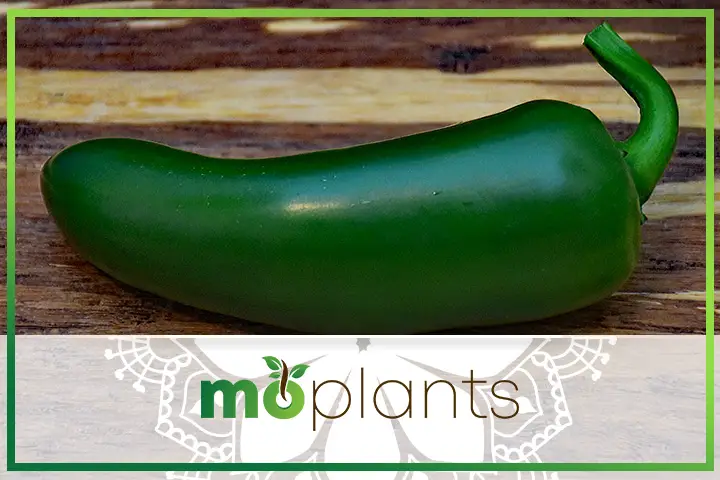
Here are some tips on how to grow jalapeno peppers that all beginners and home gardeners may find helpful.
Planting and Placement
Being native to warm regions, these peppers grow well in a sunny environment. If you are growing jalapeno from seeds, it is a good idea to start the seeds indoors and only plant them in your garden once the soil temperature reaches 65 degrees Fahrenheit.
Moreover, consider starting the seeds about ten weeks before the last frost date. It would provide the seedlings with ample time to grow in a controlled environment before you move them outdoors.
As for the placement, jalapeno plants grow well in containers and ground alike. So you can grow them on a window sill in your kitchen or turn them into the main attraction of your backyard vegetable garden.
Exposure to Sunlight
Jalapeno plants flourish in full sun. Therefore, you should consider planting them in a spot that receives at least five to six hours of bright light almost every day. Their vibrant foliage protects the pods from the harsh sun rays, so planting the peppers in a shaded location can severely limit their exposure to the sun and result in the plant becoming spindly. It may also reduce fruit production.
Spacing
If you plan to grow jalapeno peppers in your backyard, make sure to space each plant about 14 to 16 inches away from the other. Moreover, consider leaving around two to three of space between the rows for optimal growth.
While most jalapeno plants don’t need an additional support structure to stay upright, some taller varieties may require stakes for support once they begin bearing fruits and become heavy.
Watering Frequency
Jalapeno peppers prefer moist soil, which means they need more water than most members of the nightshade family.
Ideally, you should give the plant at least two inches of water per week when the weather is dry. As the temperature begins to drop, you can cut down the watering frequency accordingly. To find out if your plant is thirsty, check the top inch of the soil with your fingers. If it feels dry to touch, your plant needs more hydration. However, if the soil feels wet and soggy, hold off on watering to prevent it from becoming waterlogged.
Potting Mix
Consider using a potting medium with a pH ranging between 6.0 and 7.0 to grow jalapeno plants.
The peppers prefer slightly acidic to almost soil. It must also be loamy and well-drained, so the roots don’t have to sit in excess water for prolonged periods.
Infographic
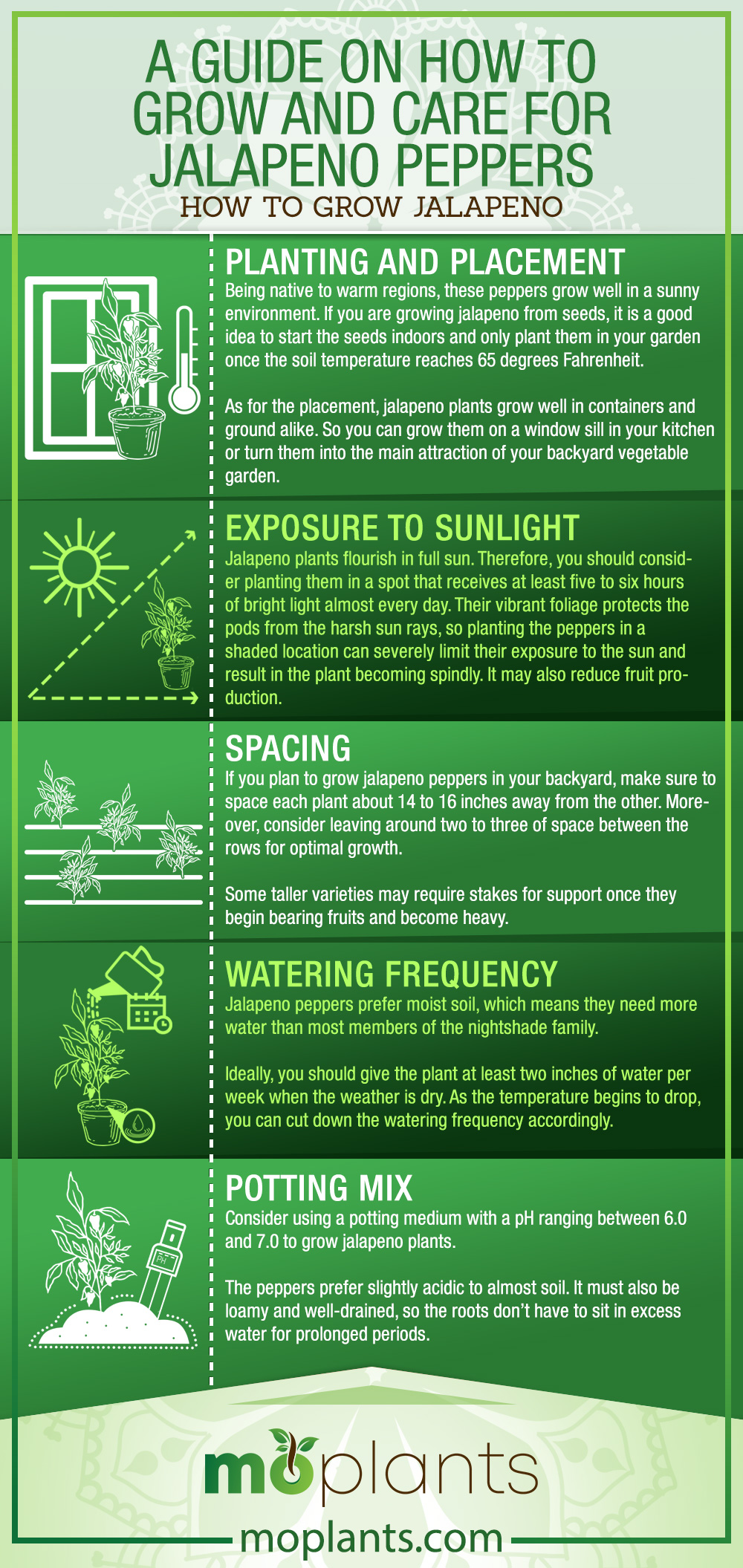
How to Grow Jalapeno from Seeds
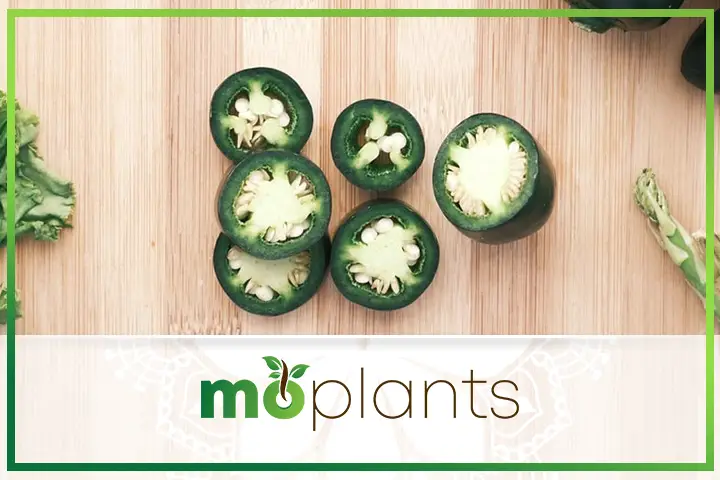
Here is a step-by-step guide on growing jalapeno from seeds:
Step 1: Place two to three jalapeno seeds on a seed tray and cover them with a small amount of seedling soil. Experts recommend starting the seeds indoors about eight to ten weeks before the last projected frost date.
Step 2: Move the seed tray to a darker corner of your home where it can receive a small amount of indirect light.
Step 3: Keep the soil moist until you can see tiny sprouts on the surface.
Step 4: Once the seeds germinate, move the tray near a south-facing window to receive direct sunlight. It would also be best to occasionally rotate the tray so that the young plants can grow upright instead of leaning towards the light source.
Step 5: Keep watering the soil regularly until the plants produce about two to four leaves
Step 6: Carefully move the strongest plants to small containers filled with fresh potting medium and topped with organic fertilizer. As the plants begin to grow, you may need to report them a couple of times over the next few months.
Step 7: As the weather gets warm, prepare to transplant the jalapeno plants to your garden or move the containers to your chosen spot.
How to Propagate Jalapeno Plant Through Cutting
While the process of growing jalapeno from seeds is rather effortless, some home gardeners prefer propagating the plant through cuttings.
Here is a step-by-step guide to help you out.
Step1: Use sharp and sterile gardening shears to cut a healthy branch of your jalapeno plant about six to eight inches from the tip.
Step 2: Dip the cut end of the chosen cutting into the water before covering it with rooting hormone.
Step 3: Clear all but a few leaves from the cutting before placing it in a moist potting medium.
Step 4: Cover the potting mix with plastic wrap to ensure it remains moist at all times.
Step 5: Once the cutting begins to produce new roots, you can move it to a new container.
Jalapeno Care Tips
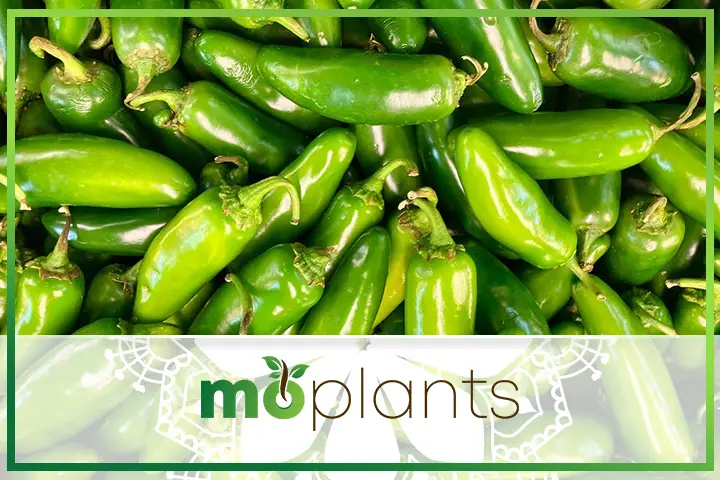
Now that we know how to grow jalapeno plants from seeds and cuttings, let’s look at some tips on how to care for them.
Temperature
Jalapeno peppers thrive in warm temperatures ranging between 65 and 85 degrees Fahrenheit during the day. At nighttime, these plants prefer slightly lower temperatures ranging between 60 and 70 degrees Fahrenheit.
If the temperature drops below 55 degrees or rises above 90 degrees Fahrenheit, the flowers may begin to drop, thus diminishing fruiting.
Humidity
These plants do well in moderately humid environments with 50% to 70% humidity levels. If you live in a relatively drier climate, consider investing in a humidifier for your indoor plants. Meanwhile, if you are growing jalapenos outdoors, misting them frequently and keeping the soil moist would be sufficient to keep the plants hydrated.
Pruning
Though jalapeno plants don’t require frequent pruning, you should consider removing the blossoms from young plants as early blooms may stunt their growth.
In addition, trim off any additional growth that sprouts around the base of the plant to ensure the foliage and the fruits receive proper nourishment and energy.
Fertilizing
Jalapeno peppers grow well in fertile soil rich with organic matter. However, since they are not heavy feeders, an application of a balanced fertilizer or compost would be enough to keep the plants happy and healthy throughout the season.
Companion Planting
Did you know that companion planting can improve the growth and flavor of your produce?
When it comes to jalapenos, most gardeners prefer planting them next to basil, marigold, and chamomile. While basil can enhance the taste of your peppers, marigold and chamomile can protect the plant from pests such as eelworms and nematodes.
It is also a good practice to plant members of the nightshade family away from each other to prevent the spread of certain infections and diseases.
How to Harvest Jalapeno Peppers
Harvesting jalapeno peppers is rather easy. All you need to do is examine the pods hanging from the plant and look for the peppers with a deep green hue. Typically, jalapenos develop tiny cracks on their shoulders – the part at the top that curves towards the stem – once they are ripe and ready to be snipped off.
You can pick these peppers with your hands or use a pair of pruners to cut them off the branch. It would be best to leave a little bit of stem attached to top of each pod to keep it fresh for a longer time.
Common Jalapeno Plant Problems and How to Solve Them
These are some of the most common issues you may encounter while growing jalapeno plants, along with tips on troubleshooting them.
Droopy Leaves
If the leaves of your pepper plants look droopy, you might be under or overwatering them.
Usually, droopy green leaves are a sign your plant needs more water. On the other hand, droopy yellow leaves indicate your plant is receiving more moisture than it requires. The best way to solve this problem would be to adjust your watering frequency.
As mentioned above, do a quick test to determine if the top inch of soil is completely dry or wet. If the potting medium is a little soggy, discontinue watering and check again after a couple of days. Meanwhile, if the soil feels dry, water the plant thoroughly.
Fusarium wilt
Curling yellow leaves are the most common sign of fusarium wilt – a fungal infection that can destroy your plant.
This soil-borne disease usually starts with browning on the plant stem, followed by wilting and yellowing foliage. Since there is no effective remedy for this infection, removing the affected plant as soon as possible is the best course of action so it doesn’t infect the companion plants.
Moreover, consider throwing away the infected potting medium along with the dead plant. If you have planted jalapeno peppers in the ground, please make sure not to plant another crop there for at least the next two years.
Common Pests and Diseases
Jalapeno plants may be vulnerable to aphids, spider mites, and beetles, among other pests. The easiest way to treat an infected plant is by washing it with insecticidal soap. Alternatively, you can use horticulture oil to remove the bugs and ensure your plant continues to produce mouthwatering peppers.
Infographic
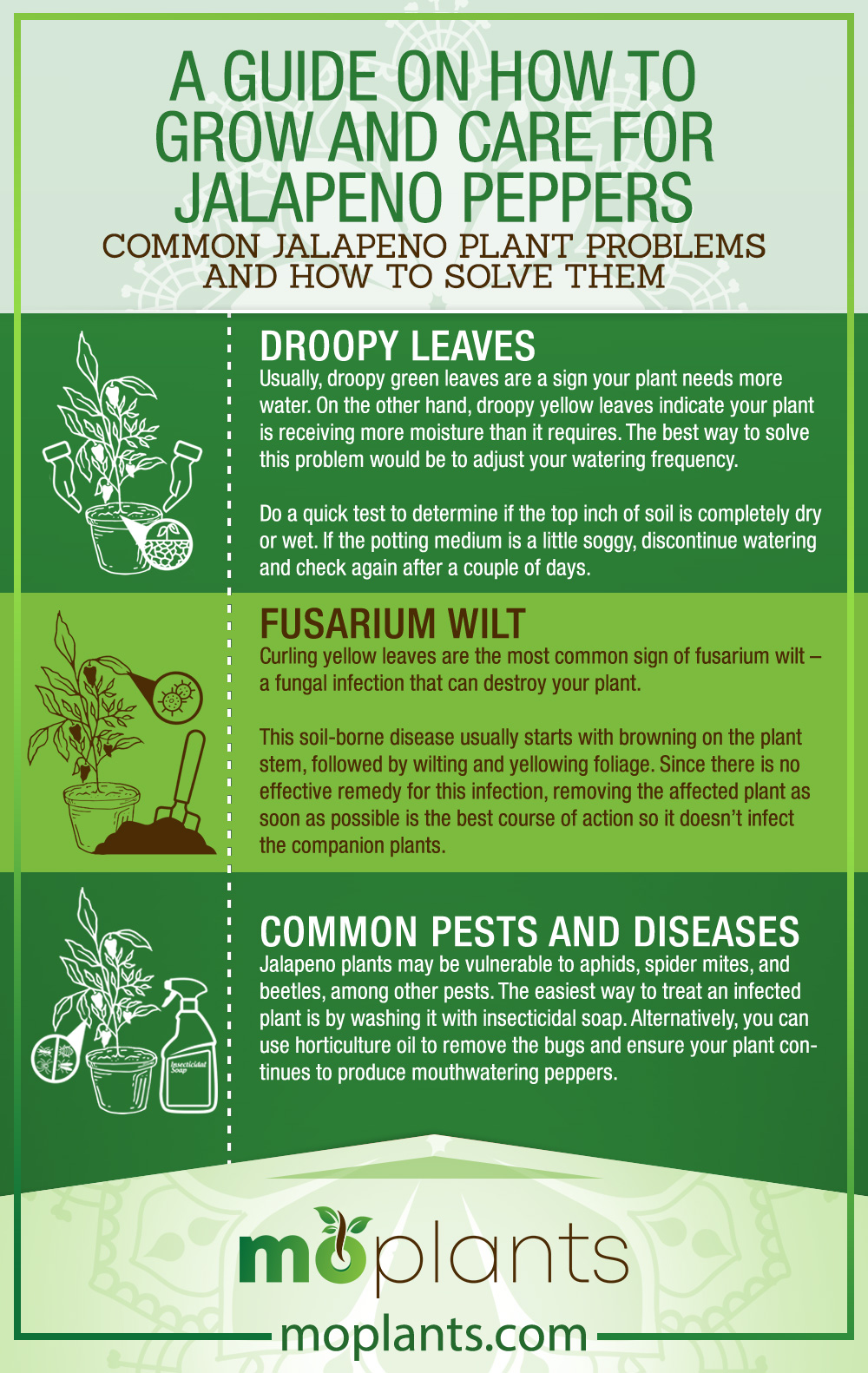
Popular Types of Jalapeno Peppers
Check out some of the most popular types of jalapeno peppers below:
Purple Jalapeno Peppers
These eye-catching peppers are known for their dark purple color and small ornamental appearance. Though these jalapenos start green, they slowly adopt a purple hue before turning a deep red. They measure between 2,500 and 8,000 units on the Scoville scale.
Mucho Nacho Jalapenos
This hybrid variety of jalapeno peppers is probably the largest of all, with each pod typically measuring about four inches long. The Mucho Nacho jalapenos are not only thicker than most other peppers but are also relatively spicy.
These glossy peppers measure 4,500 to 6,000 on the Scoville scale.
Black Jalapeno
Black jalapenos pack a powerful punch of flavor and heat, making them a popular option among professional chefs and food lovers alike. These peppers also have a hint of sweetness, so you can add them to most savory dishes and even a few unique desserts.
This variety of jalapeno enjoys a rating of 2,500 to 10,000 Scoville Heat Units.
Jalapeno Plant FAQs
Here are some of the most frequently asked questions about jalapeno plants.
How often to water jalapeno plants?
During the summer months, you may want to water your plant once a week for healthy growth. However, please make sure to check the soil for dryness to ensure you don’t end overwatering it.
How big do jalapeno plants get?
A healthy jalapeno plant can grow up to three feet tall and a little over one foot wide.
Can one plant jalapenos next to tomatoes?
Technically, you can grow jalapenos and tomatoes next to each other as they both have similar temperature and humidity requirements. However, most seasoned gardeners suggest planting the nightshade family members at some distance as they can easily transmit diseases to each other.
To conclude, jalapeno peppers are incredibly easy to grow and look after. As long as they receive direct sunlight, an adequate amount of water, and occasional fertilizer, they will continue to grow and produce tasty peppers to spice up your every meal.

